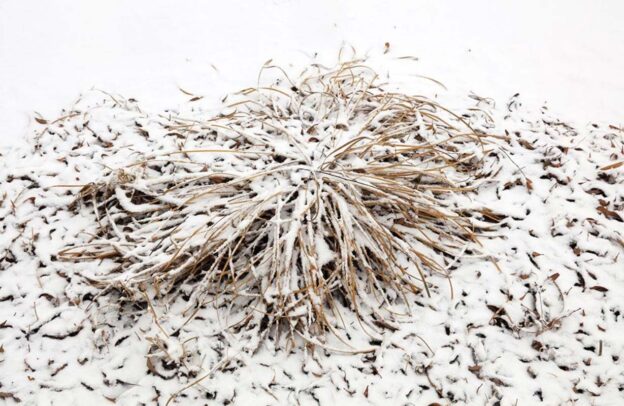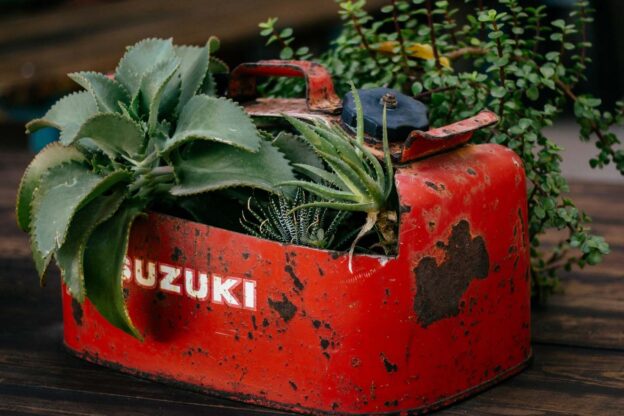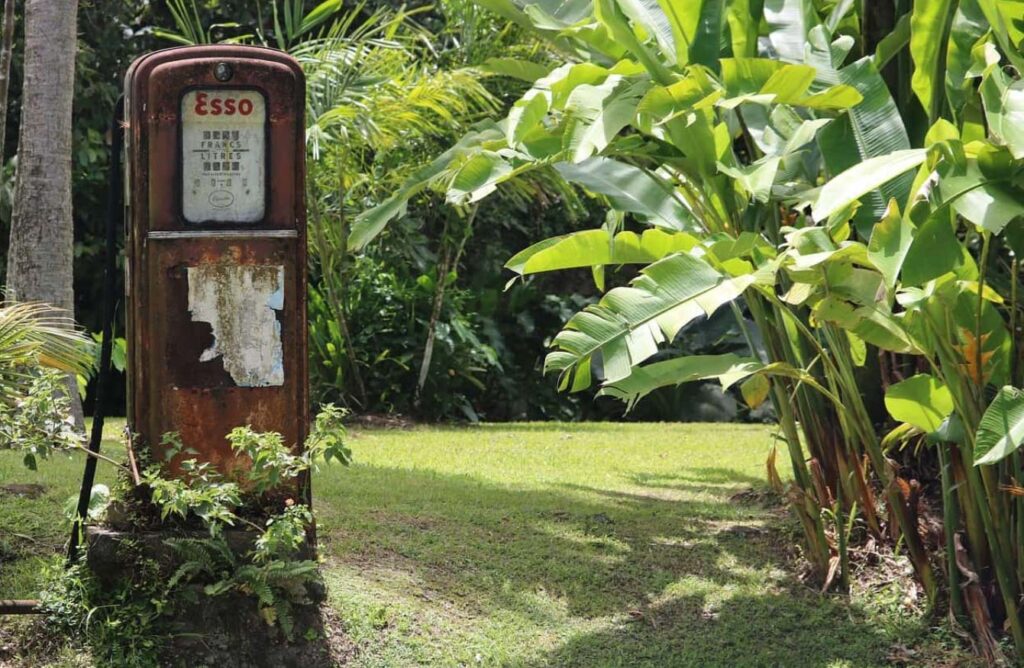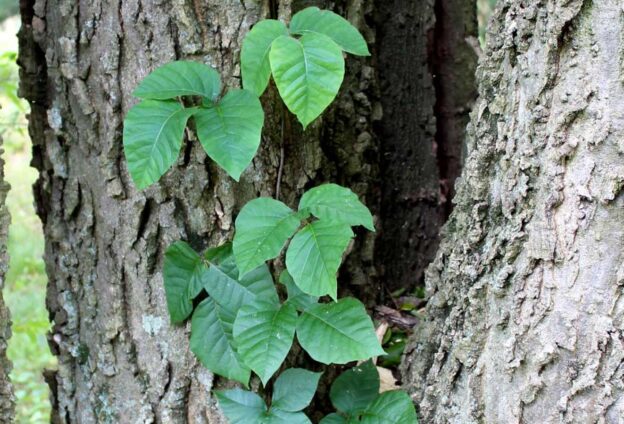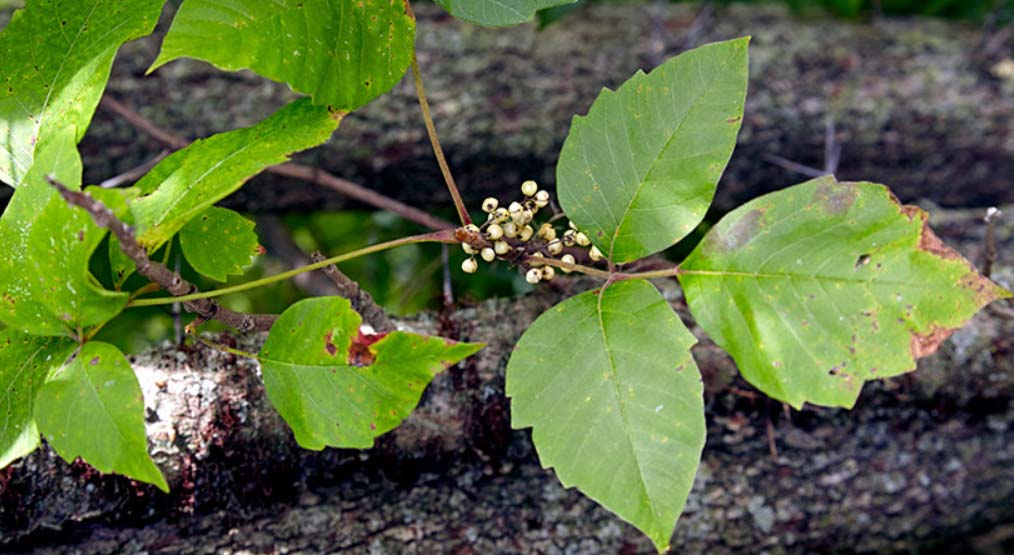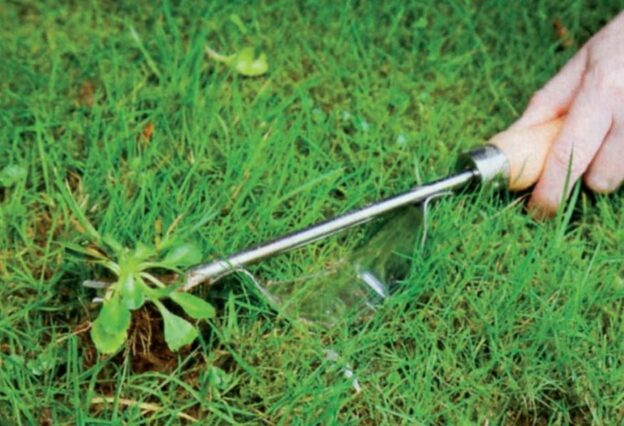For most people, winter is a time where lawn and yard maintenance take a back seat due to the cold. Even if you live in an area that sees relatively mild winters, there’s a high possibility that you don’t really want to be outside pulling weeds once the weather cools off for the year.
Luckily, there are a few simple ways to get rid of weeds that pop up during the winter.
Invest in winter weed & feed
If your region has mild winters with little to no snow, your lawn and/or garden might benefit from a winter application of weed and feed. Weed and feed is a popular line of products that are designed to both fertilize and kill and prevent weeds – they are an especially potent product to use as a creeping Charlie killer.
Unlike summer weed killers, weed and feeds can be applied when the lawn is wet, which makes it easier to find time to apply it. In addition, applying it to a wet lawn actually makes it work better.
Spot treat the broadleaf weeds
Even when the grass is brown and dormant, weeds like dandelions and henbit will continue to grow as long as the weather isn’t too cold. This, of course, is very unfortunate for those who live in temperate areas of the world.
If you fall into this category of people, don’t worry! You can still battle the dandelions. All you have to do is get out of the spot treatments and go at it. Simply spot treat your weeds with a natural weed killer that has a vinegar or citrus base.
It’s recommended to use spot treatments once your grass has died so that the weeds you want to target stand out.

Apply mulch
Since the key factor of weed growth is the sunlight it receives, it would make sense to prevent your weeds from seeing the sun. Even in the winter, this is a simple way to remedy the weeds that might grow during the cold weather.
A good way to prevent them from growing is by covering them with a layer of mulch. Of course, this won’t be possible in all situations, but if your weeds are growing in ana rea that can be covered with mulch without causing a disruption, it could be an option for you.
Plant more plants
There are some plants that thrive in cooler temperatures. It just so happens, too, that some of these plants are actually perfect for weed suppression. Planting them in the area with the weed problem can help choke out the weeds, which is exactly what you want.
While there’s no one right way to tackle winter weeds, there are a few methods that work better than others. We’ve done our best to outline a few of our favorite (and, in our opinion, most effective) methods above.
If you aren’t keen on any of these suggestions, though, you could always take to digging the weeds out by hand. This can take some time and even more careful attention but is often well worth the effort.
